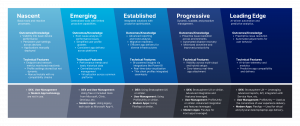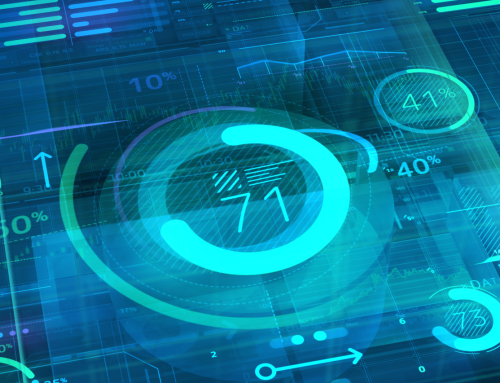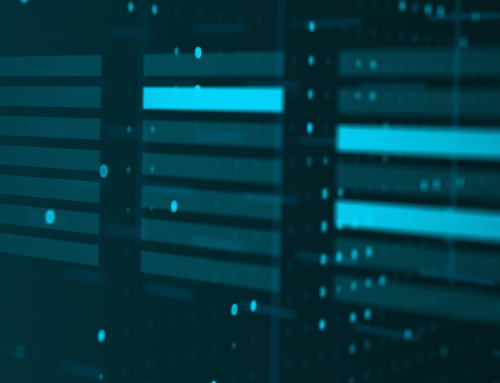In my role, I work closely with hundreds of IT leaders every year across industries, regions, and every stage of digital transformation. And while each organization is unique, I hear the same types of questions over and over:
“How are other organizations handling this?” “What are you hearing from others on this topic?” “What’s actually working in the field?”
These are smart, forward-looking teams who don’t want to reinvent the wheel. They want to learn from what’s already been done—what’s worked, what hasn’t, and what patterns are emerging across the industry.
For a while now, we’ve been thinking about how to answer those questions at scale, not just in one-off conversations, but in a way that could guide and support the entire community.
So, we did something about it.
We took everything we’ve learned from 16+ years, thousands of customer engagements, and millions of endpoints and built something practical, strategic, and experience-backed.
The Liquidware Digital Workspace Maturity Framework™ is a cross-disciplinary effort that brings together data, real-world lessons, success stories, and yes — even the missteps. It’s a foundational tool that any IT team can use to understand where they are today, where they’re headed, and how to get there with confidence.
A Framework Built on Real-World Experience
This isn’t a theoretical model created in a vacuum. It’s shaped by real-world work across more than 16 years, thousands of client engagements, and millions of endpoints. The result? A practical, field-tested tool that IT leaders can use to benchmark their current capabilities, identify gaps, and take confident, strategic steps forward. Whether you’re early in your digital workspace evolution, or well on your way toward automation and AI, the framework brings together people, process, and technology to move from reactive operations to more proactive, optimized environments.
What the Framework Delivers
This isn’t just a worksheet or checklist — it’s a lens to evaluate your digital workspace across key areas like visibility, application delivery, profile and policy management, and performance optimization. It helps teams:
- Get a clear picture of where things stand today
- Identify the right steps to level up
- Make strategic decisions that align with broader business goals
The Five Stages of Digital Workspace Maturity
The framework outlines five stages of maturity, each tied to specific capabilities and outcomes:
Nascent
Focus: Build the foundation with essential tools and visibility
Outcome: Reactive support, static profile management, basic metrics
Emerging
Focus: Centralized control and diagnostics
Outcome: Root cause analysis, consistent app delivery
Established
Focus: Integrated solutions and proactive optimization
Outcome: BI-powered insights, hybrid workspace support, migration readiness
Progressive
Focus: Real-time, scalable management
Outcome: Visibility across hybrid environments, automated recovery, on-demand apps
Leading Edge
Focus: Predictive, fully managed workspaces
Outcome: Proactive issue resolution, predictive compatibility, enterprise-scale delivery
Take the Next Step
No matter where you’re starting from, the Liquidware Digital Workspace Maturity Framework™ can help you move forward with clarity and confidence. It’s designed to bring structure and momentum to your digital workspace strategy so you can evolve from ad-hoc IT operations to intelligent, automated workspaces that meet today’s expectations.
Our team would be happy to walk you through the framework and discuss where your organization might fall today and where you want to go next. Or, if you prefer to explore at your own pace, we’ve made it easy to self-assess with a quick online tool.
Explore the framework and take the assessment: https://www.liquidware.com/resources/digital-workspace-maturity-framework-new
If you’re curious, take the assessment and then let’s get together to talk through it. That’s where the meaningful work really begins.










Leave A Comment
You must be logged in to post a comment.